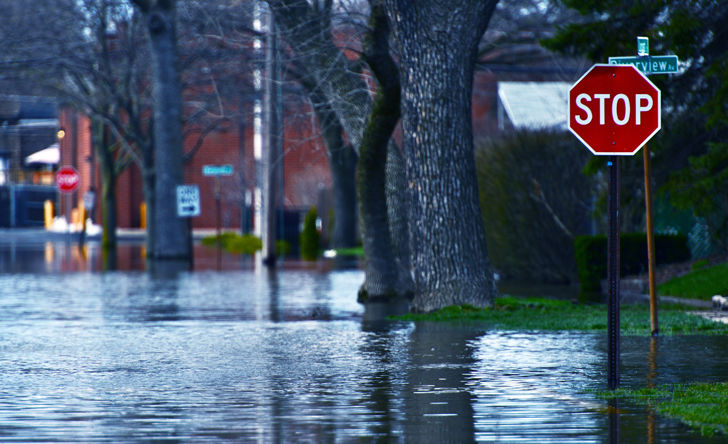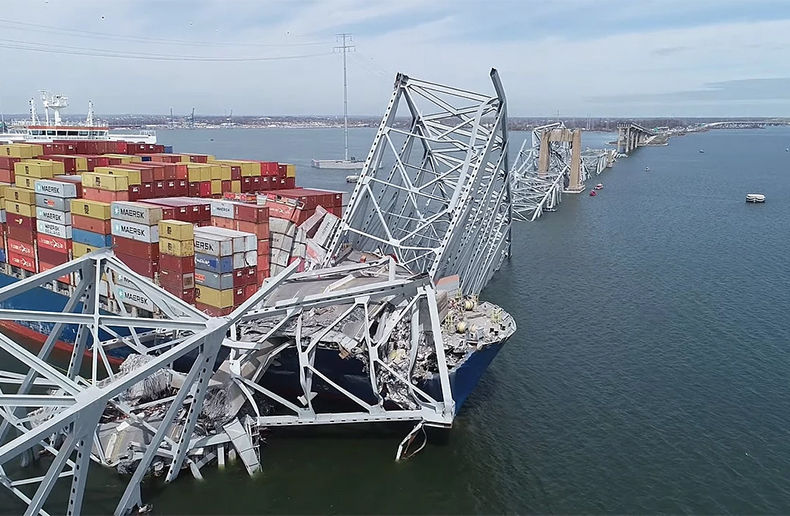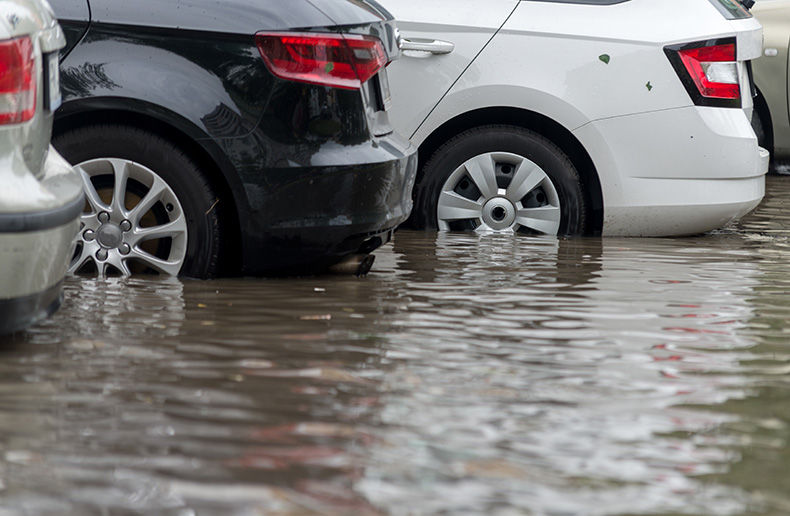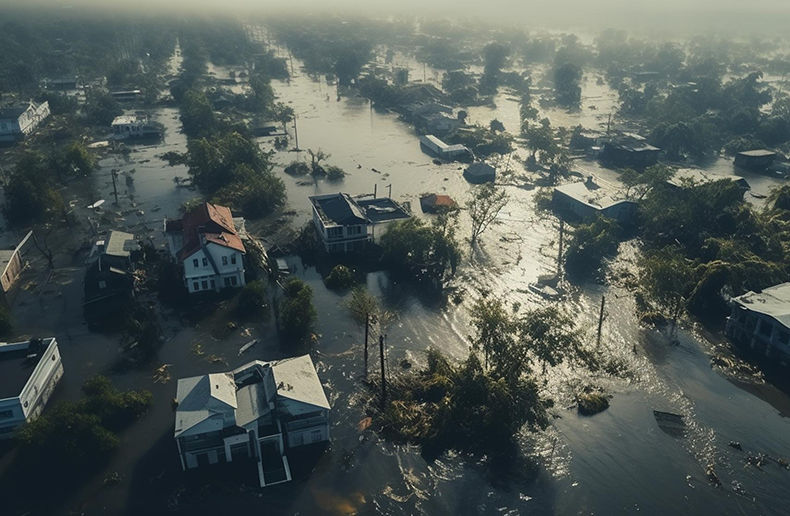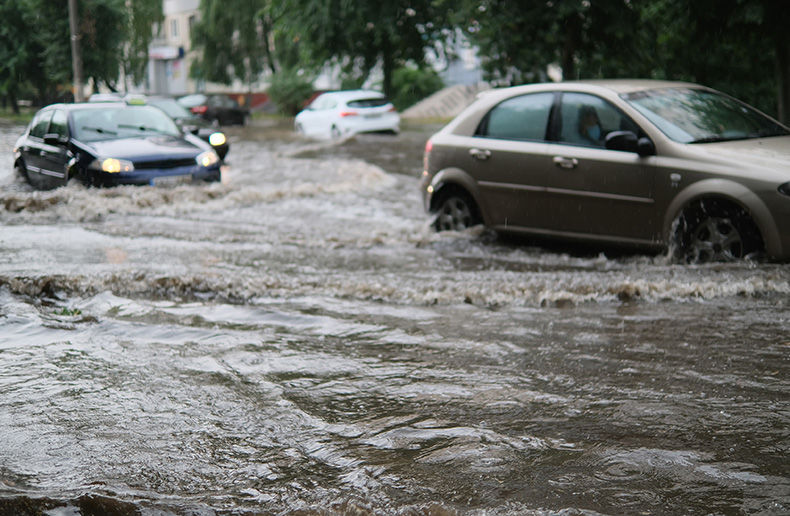Thousands of claims from the British Columbia floods are already pouring into insurance companies, but it won’t be for another month or so until the insurance industry gets a better handle on the numbers.
Rob de Pruis, Director, Consumer and Industry Relations for the Insurance Bureau of Canada (IBC) in Alberta, said it typically takes about a month after a catastrophic event before IBC can get a realistic handle on the amount of insurance damage caused by events like the flooding in B.C. He noted that many people are still under an evacuation order so both residents and claims adjusters can’t get to homes and properties to quantify damage. Nevertheless, he said thousands of claims have already been made because insurers have 24-7 claims offices open.
“We know this will be a catastrophic loss – we’re going to be seeing millions and millions of dollars in losses. Exactly how much we don’t know yet.”
Overland insurance coverage
The first priority for residents is to ensure their families are safe, said de Pruis. Once that’s done, they should reach out to their insurance representatives to see if they have optional overland insurance coverage, which is a relatively new product that covers damages from water, and covers expenses like staying in a hotel during an evacuation order.
de Pruis said the coverage is available to most B.C. residents, with only about five per cent of residents unable to get the coverage because they live in a high-risk flood zone. At the same time, only about half of B.C. residents buy the coverage and will have to rely on government disaster financial assistance to help them rebuild.
The B.C. government has declared a state of emergency in the southwest, central and southeast areas of the province and Vancouver Island. Disaster financial assistance is available for all homeowners, residential tenants, business owners, local governments, Indigenous communities, farmers and charitable organizations that were unable to get the overland insurance to cover disaster-related losses.
Despite the damage this flooding has produced, de Pruis said no one event typically leads to an automatic increase in premiums. “The insurance industry is well capitalized for these types of events. This is what we plan for.”
He said that last year, the insurance industry paid out more than $42 billion in claims in Canada for all lines of business – auto, residential and commercial policies. The B.C. wildfires caused about $155 million in claims this year. “But comparing that to the overall $42 billion in claims is not that significant and doesn’t have that big of an impact on their premiums as people would generally think.”
There is no doubt though that severe weather is rising in both frequency and severity, said de Pruis.
Between 1983-2008, Canadian insurers averaged about $422 million a year in severe weather-related losses. Over this past decade those losses have risen to $2.1 billion on average annually for all the claims across Canada.
But just last year, losses totalled a higher-than-average $2.4 billion. Prior to the B.C. flood the industry had experienced more than $1.3 billion in severe-weather losses across the country. These include the B.C. wildfires earlier this year, a major hailstorm in Alberta, a tornado in Barrie, Ont; a windstorm in B.C. in January and Hurricane Larry that walloped the Atlantic provinces.
“So again we’re going to see insured severe weather losses well exceeding $1 billion this year.”
With an increase in frequency and severity of these weather events, insurers want to work with all governments and stakeholders to try to build more resilient communities. “We really need to think not only about today’s weather but the weather situation we could be experiencing in the future,” said de Pruis.


